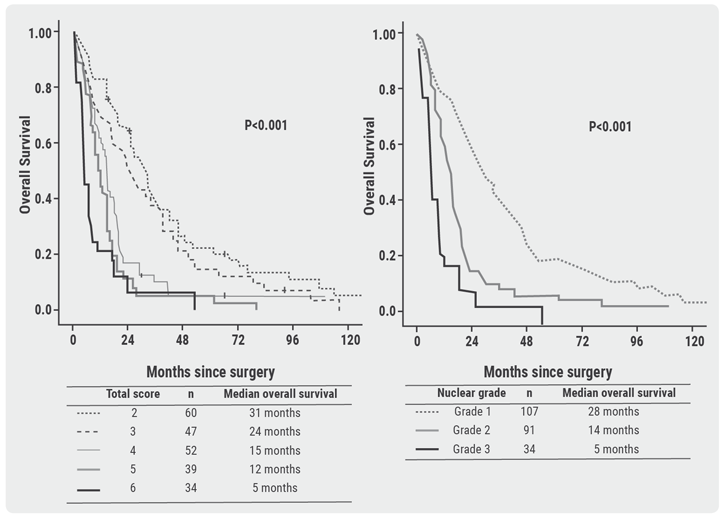Several case series have reported ocular side effects of checkpoint inhibitors, most commonly noninfectious uveitis and myasthenia gravis, but there has been no large epidemiological study to assess the true ocular risk of these medications.
To investigate, Dr. Brian L. VanderBeek and colleagues from University of Pennsylvania, in Philadelphia, analyzed data from the Clinformatics Data Mart Database.
There were 26 uveitis cases among 8,678 patients exposed to checkpoint inhibitors (0.3%), compared to 123 cases among 76,153 matched patients exposed to non-checkpoint inhibitor chemotherapy (0.2%), the researchers report in the British Journal of Ophthalmology.
Among 9,210 checkpoint inhibitor-exposed patients, there were 11 cases of myasthenia gravis (0.1%), compared to 36 cases among 80,620 matched patients exposed to non-checkpoint inhibitor chemotherapy (0.04%).
In multivariate analyses that controlled for age, gender, race and index year, checkpoint-inhibitor exposure was associated with a 2.09-fold increased risk of uveitis (P=0.001) and a 2.60-fold increased risk of myasthenia gravis (P=0.005).
"The exact mechanism of ocular adverse reactions in checkpoint inhibitors is unknown; however, it is likely related to T-cell activation and cross-reactivity of tumor cells and normal tissue," the authors suggest.
"Our results showed that although uveitis and myasthenia gravis have low incidence rates with checkpoint inhibitor use, the hazards for these adverse effects were higher than with standard chemotherapy," they conclude. "Management of these ocular side effects should be to control the symptoms since checkpoint inhibitor therapy can be life-saving."
Dr. Mahyar Etminan of the University of British Columbia, in Vancouver, Canada, who recently reviewed ocular adverse events with checkpoint inhibitors as reported to the U.S. Food and Drug Administration, told Reuters Health by email, "This underscores that these drugs can also affect the eye, i.e., that their side effects are not confined to the heart, lungs, or skin."
"In patients complaining of uveitis or myasthenia gravis who are on checkpoint inhibitors, physicians should first explore whether these outcomes might be due checkpoint-inhibitor use before looking at other potential culprits," he said.
Dr. VanderBeek did not respond to a request for comments.
SOURCE: https://bit.ly/3mGrTvT British Journal of Ophthalmology, online October 21, 2020.
By Will Boggs MD
Posted on
Previous Article
« New normal metrics should be used to assess gastroesophageal reflux, researchers say Next Article
Immediate breast reconstruction feasible following neoadjuvant chemo »
« New normal metrics should be used to assess gastroesophageal reflux, researchers say Next Article
Immediate breast reconstruction feasible following neoadjuvant chemo »
Related Articles
December 19, 2023
LuPSMA and enzalutamide: a promising combination

November 21, 2018
Unmet needs in surgical management of malignant pleural mesothelioma
© 2024 Medicom Medical Publishers. All rights reserved. Terms and Conditions | Privacy Policy
HEAD OFFICE
Laarderhoogtweg 25
1101 EB Amsterdam
The Netherlands
T: +31 85 4012 560
E: publishers@medicom-publishers.com

